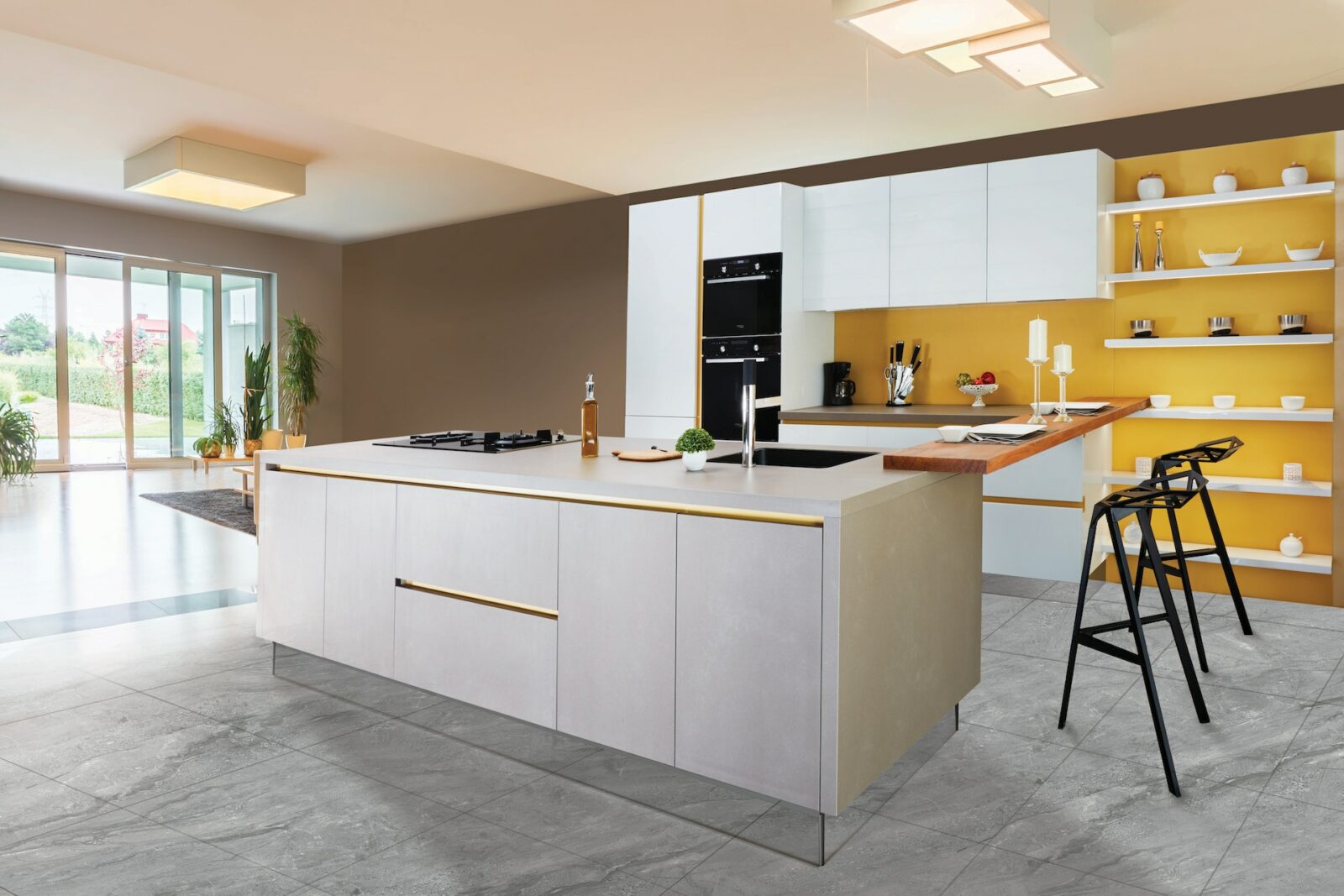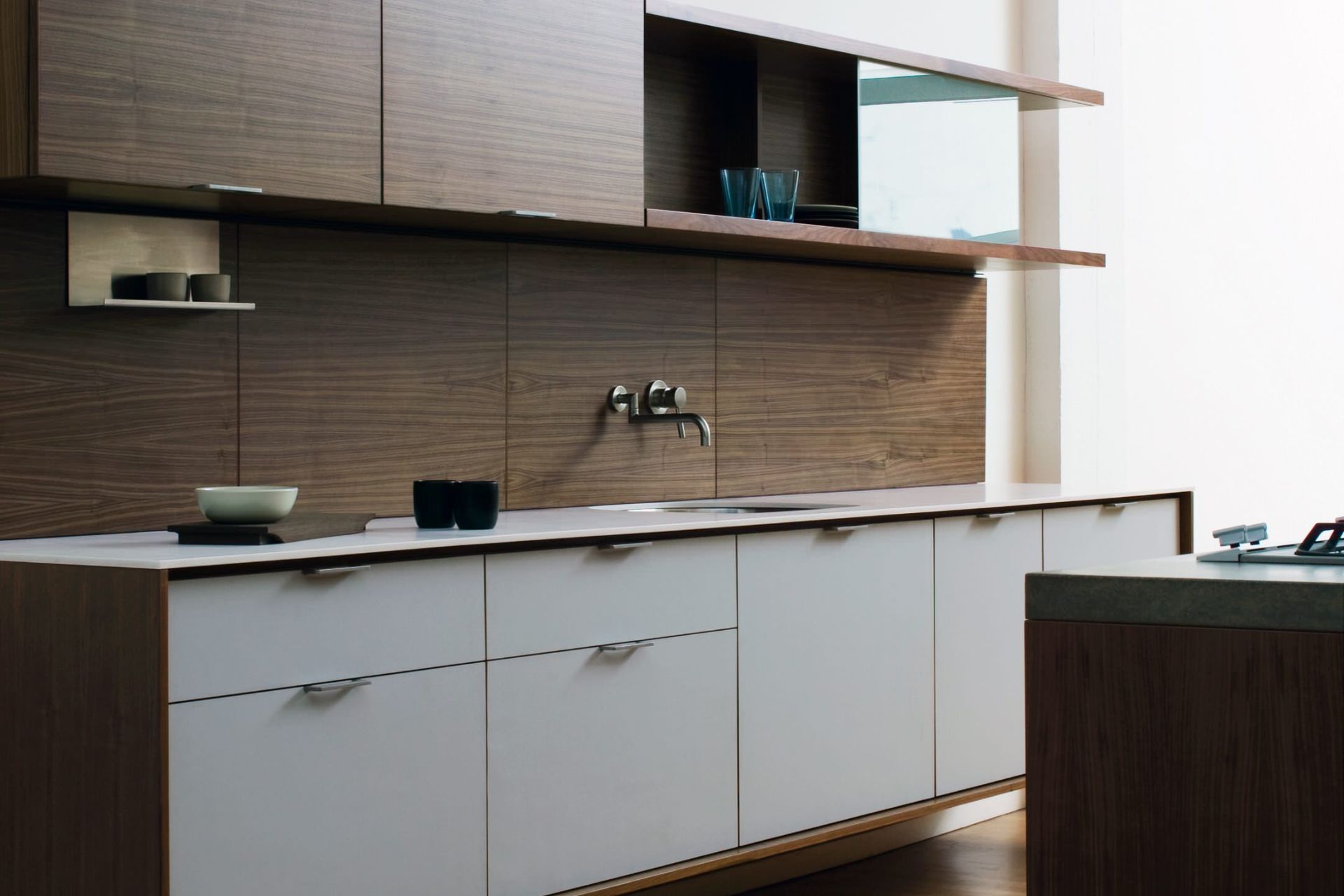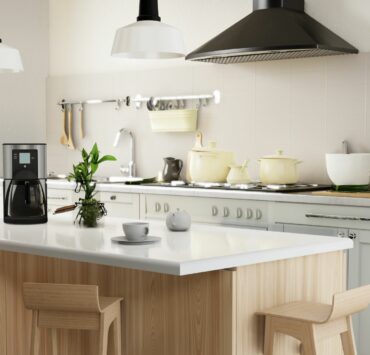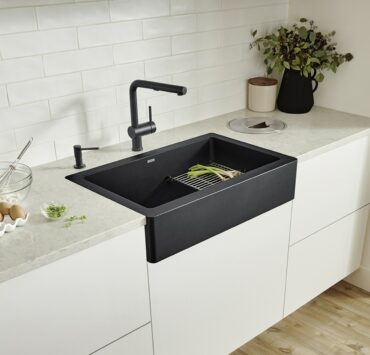Wondering how long do kitchen cabinets last?
High-quality kitchen cabinets can last up to 50 years approximately if taken care of.
Sounds impossible, isn’t it? However, they can really last that long.
The life span of cabinets depend on how often you use and maintain them. The durability also depends on the kind of material used to build the cabinets.
However, this doesn’t mean that your cabinets will never have any issues during this period. Sooner or later, you might have to consider getting replacements or minor repairs to keep their functionality intact. Some problems might not be too evident, and so they’ll require expert supervision. Let’s check out what you need to know about the maintenance of your kitchen cabinets.
Signs that Your Kitchen Cabinets Need to be Replaced
If you’re wondering how to tell if your cabinets need refinishing, here are a few ways to detect the signs.
Water Leakage or Damage
Some of the telltale signs of water leakage in your cabinets are dark color spots, swollen surface areas, creaky doors, warped wood, peeling laminate, etc. If you notice bubbles inside or outside the cabinet, that also means that there’s a leak somewhere.
This is especially prevalent in wooden cabinets as wood is highly susceptible to water damage.
The first step to dealing with water leakage is to locate the source. Once you’ve found the source of the leak, you need to make sure it’s sealed or redirected. After redirecting or fixing the leak, soak the remaining water until the surface is completely dry. You may then decide whether the cabinet needs any other repairs.
Due to swelling or peeling, certain parts might require alterations. For stains, you might have to bleach the surface which will cost around $1500 to $5000, depending on the size, number, and material of your cabinets.
It’s recommended that you hire an experienced contractor for cabinet refinishing and consult them regarding all the necessary repairs. If a repair isn’t going to deliver the expected results, it’s better to get the cabinet replaced.
Mold or Rot
After years of usage or sometimes due to lack of maintenance, it is common for mold to develop inside your cabinets. Before refacing your cabinets, check the wall attachments and cabinet doors. Any sign of dampness, bad smell, or soft walls indicates that your cabinets need to be removed entirely.
There is no point in repairing a rotten cabinet as the core will be damaged.
To avoid such mishaps, inspect your cabinets on a regular basis and keep them adequately dry. Persistent water damage will cause your cabinets to fall apart completely, making you spend a fortune on getting a brand-new installation.
Kitchen Remodeling
If you’re remodeling your kitchen and want to change the layout of the room entirely, you’ll need to get fresh cabinets. To save money, you might consider repurposing your existing cabinets.
But it might not be the best idea if the old cabinets do not match the new layout of your kitchen. You may discuss the pros and cons with the contractor or architect and make your decision.
Poor Functionality
One of the key roles of your cabinets is their functionality. If you find that they are not highly functional as per your needs, it’s time you get your cabinet replaced.
Possible signs could be stuck drawers, creaky doors, lack of accessibility, etc. However, this problem could arise due to folly in the design and not maintenance. Either way, you might want to consult a contractor to figure out a feasible solution.
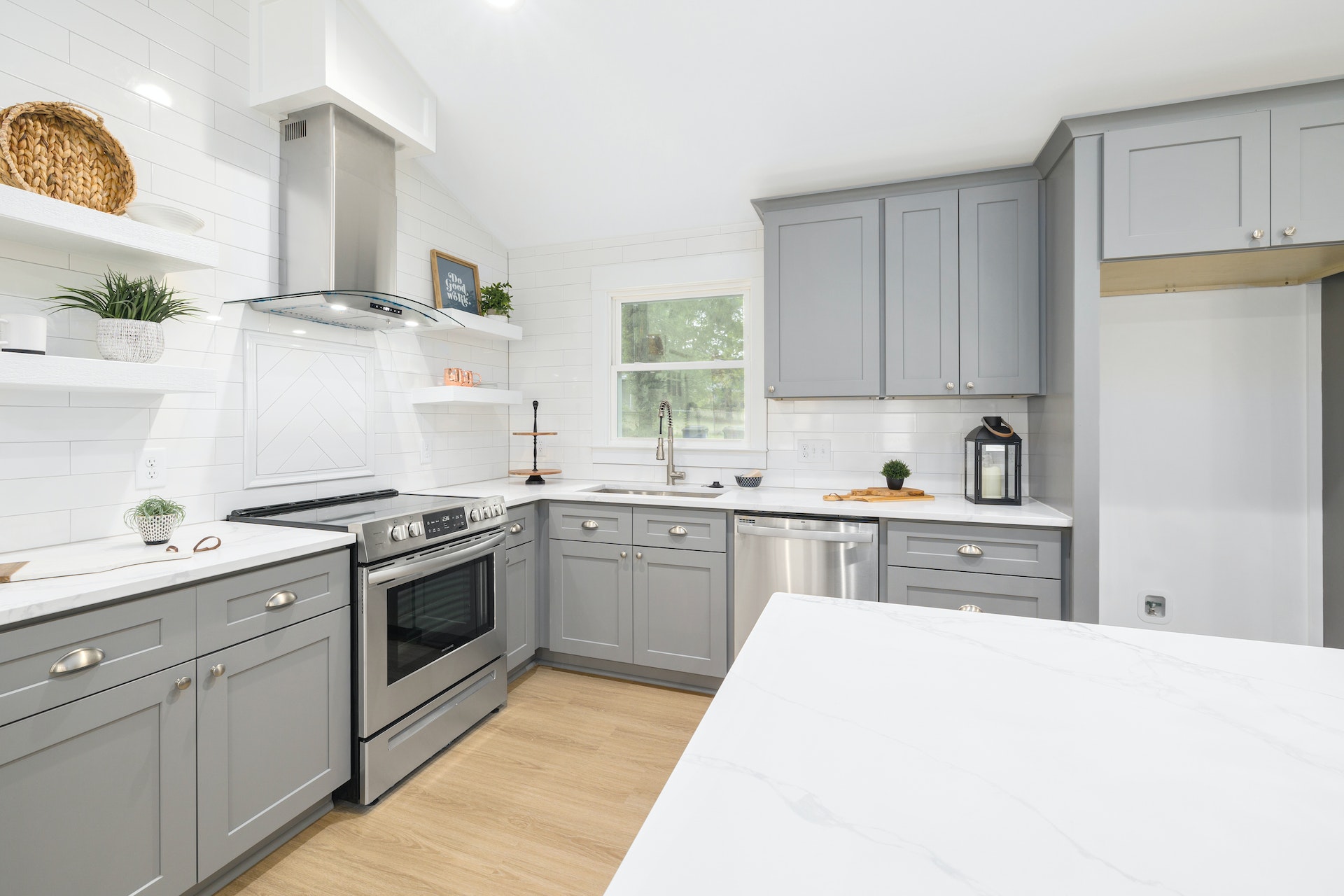
How to Maintain Cabinets
To ensure the durability of any product, you must take good care of it. The same applies to the maintenance of kitchen cabinets. You must inspect your cabinets regularly and give it a proper wash once in a while.
The ideal and easiest way to clean your cabinets is to scrub the surface gently with soap and water to remove any dirt or mildew that has accumulated over time. Scrub it multiple times with clean water to make ensure there’s no foam or soap left. Once it’s satisfactorily clean, pat the surface dry with a clean, dry cloth.
It is essential to keep your cabinets dry as dampness can lead to mildew and mold. Regular cleaning will also prevent stains, saving you money on bleaching. Be cautious when you place or store sharp objects inside cabinets. Consider buying covers for your knives and forks to prevent accidental scratching.
Final Thoughts
The durability of your cabinets ultimately depends on how well they take care of them. No matter how good or sturdy the material is, misuse of any product can lead to wear and tear. Having said that, it’s okay to rejig your cabinets now and then based on your preference. Cabinet refacing and refinishing enable you to upgrade your cabinets for a better look and functionality. The choice is yours!
Related posts:
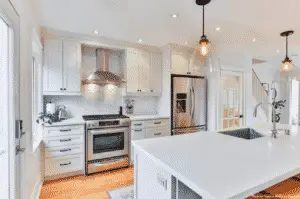 Your Guide to the Best DIY Budget Kitchen Remodel Ideas
Your Guide to the Best DIY Budget Kitchen Remodel Ideas
 Outdated Kitchen Trends that You Must Stay Away From in 2022
Outdated Kitchen Trends that You Must Stay Away From in 2022
 Small Space, Big Style: A Guide to Mobile Home Kitchen Remodel
Small Space, Big Style: A Guide to Mobile Home Kitchen Remodel
 How Tall is a Kitchen Island? And Many More Frequently Asked Questions around Islands Answered by Experts
How Tall is a Kitchen Island? And Many More Frequently Asked Questions around Islands Answered by Experts
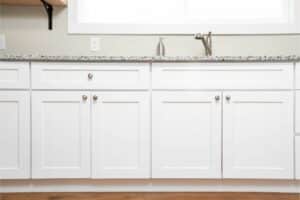 The Timeless Beauty of White Oak Kitchen Cabinets
The Timeless Beauty of White Oak Kitchen Cabinets
